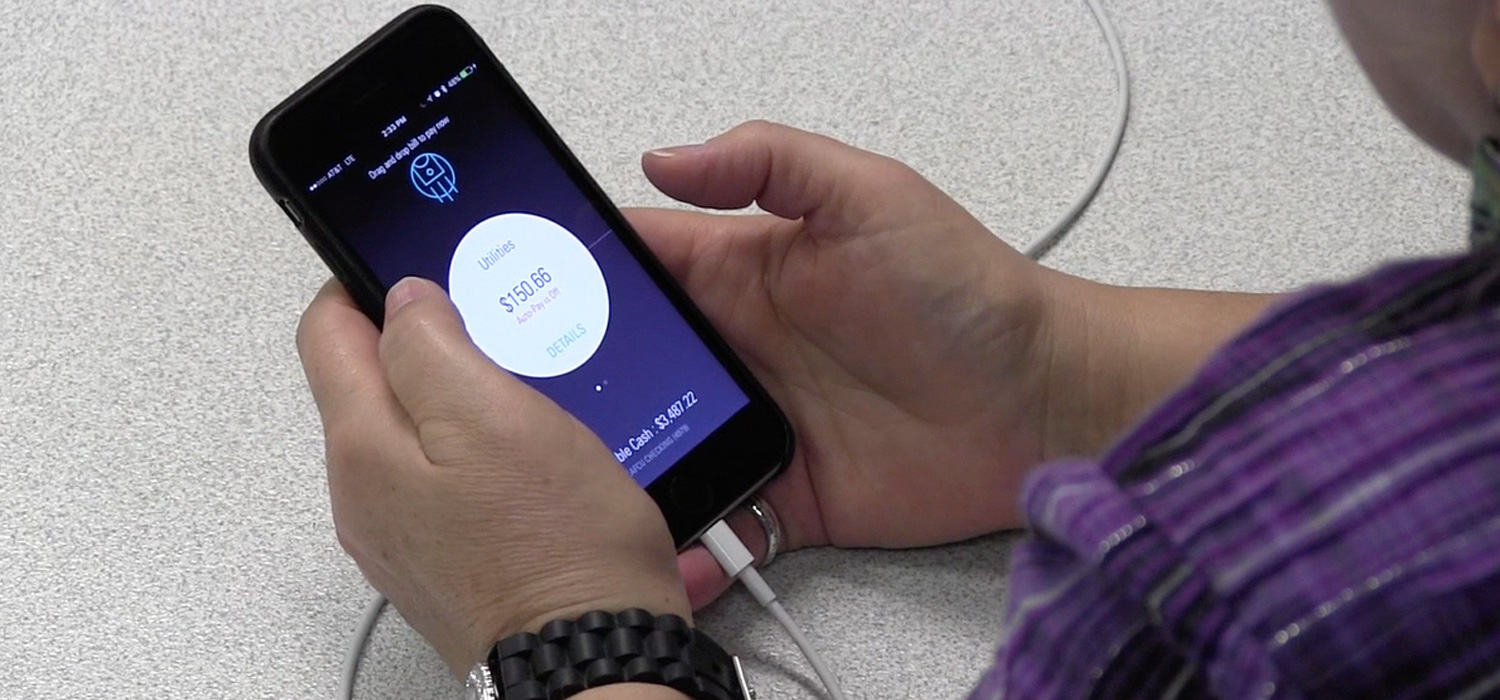Qualitative Research
This style research has consistently yielded actionable usability insights that designers and stakeholders loved because it's a direct interaction with users.
In the age of data-driven analytics, I've seen in-person Qualitative Research woefully underused. The gap caused by the products users can not, or do not, want to use has highlighted the importance of research throughout the product lifecycle.
The Process: User Testing Is Not An Island
While it often begins with one ambitious team member, user testing must be adopted and consumed by the whole organization from product inception through to release. It's often incredibly challenging to break old habits and implement new processes but is something I deeply believe in operationalizing.
My work frequently involves communicating the tangible Year Over Year Value of qualitative testing to C-level execs, while also working with production teams to build repeatable daily workflows. My experience bridging those gaps and building consensus bodes well long term success.
It doesn't happen overnight but I'm proud to have helped amazing teams refine and mature. Below are some thoughts on my favorite methods.
Method
Heuristic Evaluation
Being user-centric doesn't preclude the need for expert and experienced analysis. My process always begins with a detailed cataloging of usability insights and theories, on a per page/view basis that then lives with a project as a great way to prioritize and quantify design work.
Method
Observation & Moderated Walkthrough
By far one of the best uses of testing is an Observation and Moderated Walkthrough. This typically involves 7-10 users and yields great ROI. Users are given high fidelity prototypes to directly interact with, enough context to avoid distractions, and asked a standard set of questions over the course of 45-60 minutes. Behaviors are tracked using both video and screen recording, while faces and answers are recorded.
Method
Team Buy-In
One of my favorite collaborative exercises is including members from other teams, especially engineers or stakeholders, as observers during tests. Nothing I've found is better at communicating that, "the details are not the details, they are the product" by letting them watch users get thrown off by things they think are inconsequential.
More Methods
Card Sorting Activities
Coached Usability Testing
Cognitive Walkthrough
Collaborative Mental Modeling
Content Analysis
Focus Groups
Paired Learning
Pluralistic Walkthrough
Thinking Aloud
Unguided Observation
User Interviews
Typical Deliverables
Multi-angle Participant Videos
Screencast of Test Device
Transcript of Q&A
Observations Worksheet
Summary of Findings Document
Recommendations Document
Wrap-up Presentation
Teams I've Worked With
Atlassian
Civitas Learning
Half Price Books
SWBC Incorporated




